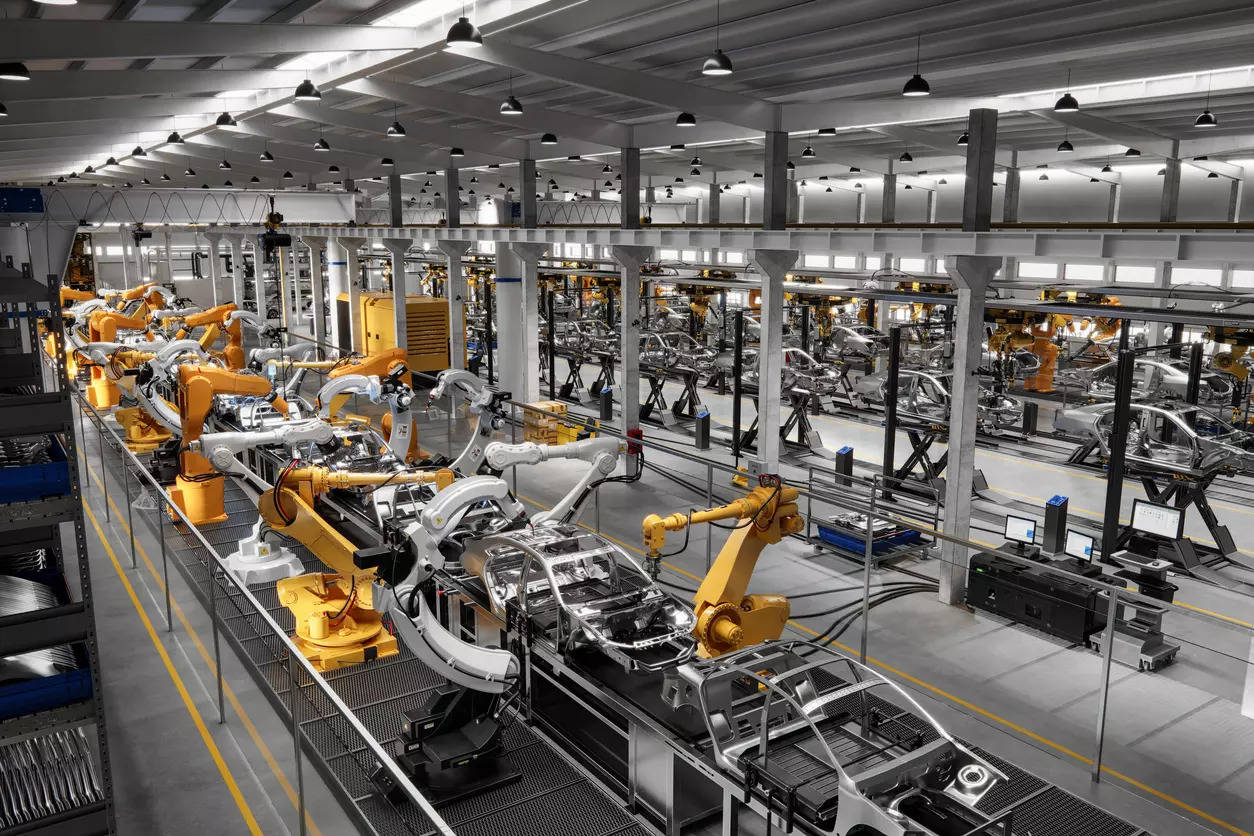
New Delhi: The shift has been gradual and the hope that India’s auto component sector becomes truly global finally appears to become real.
While the talk of India’s potential as a global hub for auto parts has been around for nearly a decade, the country’s component OEMs have only begun walking this talk in the last two-three years, post Covid19. During this period, the global automotive supply chains have been rejigged, with supplies moving away from Europe and China, towards South East Asia and India.
Several factors have precipitated this shift: the pandemic induced chip shortages, the US-China trade war, then the Russia-Ukraine conflict and now the Israel-Palestine one. As supply chains get rewired, India’s auto component manufacturers are sitting at larger than ever export orders and creating new capacities to fulfil increasing global demand.
As per analysts at brokerage Motilal Oswal, India’s component makers will invest up to USD 7 billion in fresh capacities and technology upgradation as global demand gets diverted towards the country.
How the tide has turned in favour of Indian auto component OEMs is evident from what Amit Kalyani, Joint Managing Director of Bharat Forge, told analysts after the Q4, FY24 results earlier this month. To a question about the change in the narrative between February and May this year about growth in both the domestic and the export volumes, Kalyani said, “There is a tremendous amount of order flow taking place from business moving to India from other geographies, including China and Europe.”
Tyre maker Continental is scaling up its research and manufacturing capabilities for connected tech in India. This is expected to significantly boost its export share to Europe, East Asia and ASEAN countries. Chennai-headquartered clutch maker Valeo is expected to make a fresh investment, close to the Mahindra & Mahindra plant in Pune, and is also expected to localize electric powertrain in India.
Already, farm and construction equipment maker Escorts Kubota has begun to increase localisation of engines and parts for making tractors in India while also planning a greenfield facility in Rajasthan with capex of INR 4500 crore, which will double tractor capacities in the next three-four years. Simultaneously, EKL has begun exports of components to Japanese partner Kubota’s facilities. Chief Financial Officer Bharat Madan said recently that Japanese partner Kubota sources parts worth a billion dollars from China every year but due to its ‘China Plus One’ strategy, Kubota is now looking to diversify its sourcing away from China.
“They intend to shift a significant part (of this parts’ requirement) to India,” Madan said. EKL expects a huge potential in revenue growth due to enhanced component exports to Kubota, since these components have a “good margin profile”.
Sona BLW Precision Forgings (Sona Comstar), which provides mission critical systems for electrified and non-electrified powertrains to BEVs as well as ICE vehicles, in India and many markets across the world, already has a manufacturing facility in China. It has now installed another one in Mexico, to cater to OEMs located in the USA since many of these are looking for alternatives to lessen their dependence on Chinese component manufacturers.
According to the analysts quoted earlier, India’s auto component industry grew by more than a third or 33% growth in FY23 and for the just-concluded fiscal year, growth was likely in the “mid-teens”. “We believe the domestic component industry is well placed to benefit from multiple local and global factors…Driven by significant growth opportunities going forward, the auto component industry is expected to invest around USD 6.5billion -7.0 billion over the next five years for capacity expansion and technology upgradation, which is nearly double the USD3.5billion -4.0 billion invested in the past five years. Given its own inherent strengths and the multiple tailwinds highlighted above, we expect this growth momentum for the industry to continue in the foreseeable future. Hence, we also expect the auto component industry to continue to outperform the core auto industry growth in the coming years.”
Indian component makers are expected to benefit not just by the geopolitical uncertainties compelling global businesses to move away from sourcing from China. Companies based in Europe, especially Germany, are also considering a move away from the region, due to persistent inflation (material costs and wages). In the end, it will be left to the deftness and hunger of Indian component OEMs to snatch opportunities from this unprecedented global shift through inherent advantages of cost, low wages rates and increasing appetite for capacity building.

















